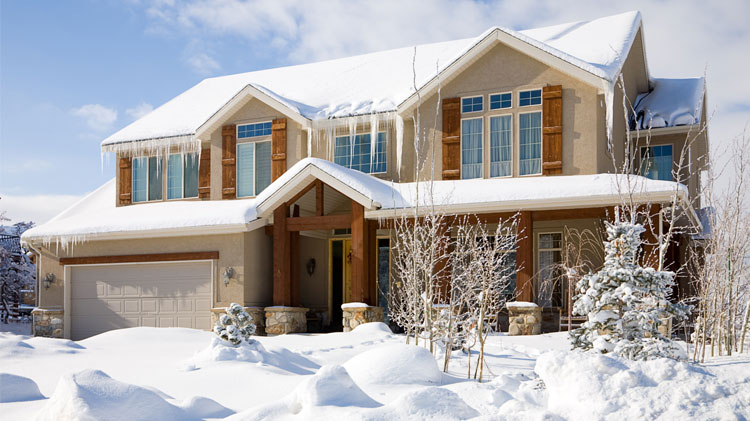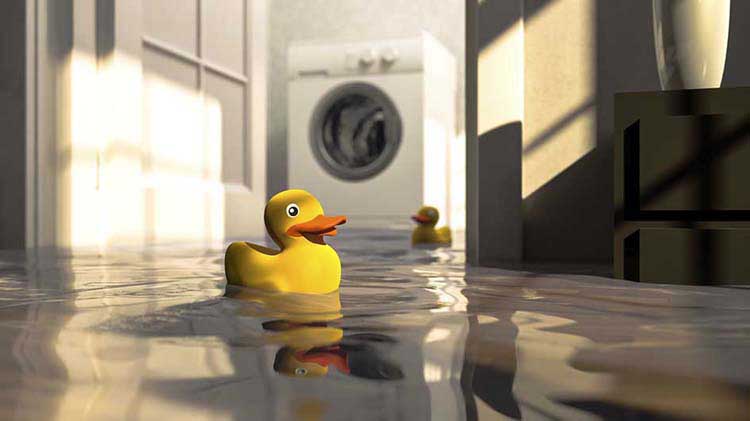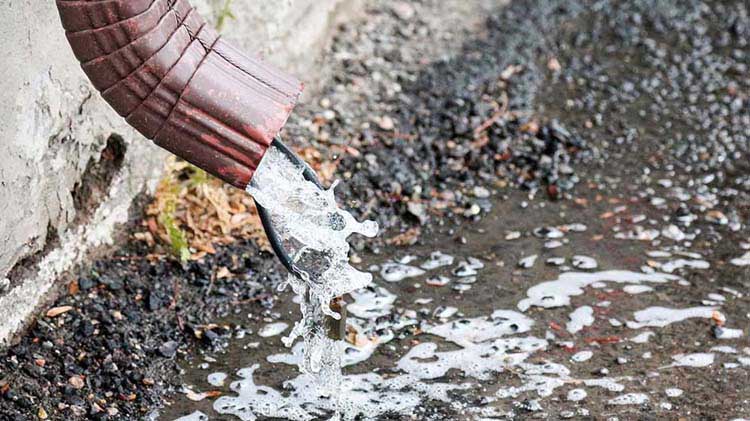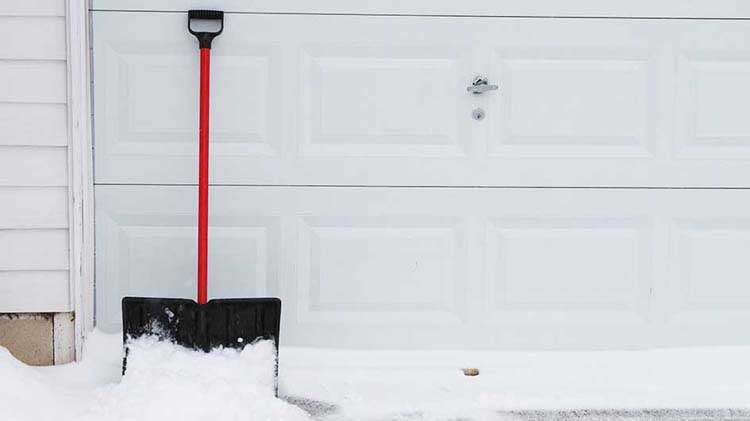How to reduce heat loss through windows and doors
Before cold weather comes, take time to insulate your home or apartment to keep the winter chill outside.
Preparing your home now will help keep it warm and comfortable when the temperature starts to dip — and may help you save money on your energy bills. According to Energy.gov, heat loss through windows is responsible for 25%-30% of home heating energy use. And depending on when your residence was built or remodeled, your furnace might be making up the difference by working overtime.
How to insulate windows from cold
Here are some ideas about draft blockers for windows:
- Cover air conditioners. Wipe down the unit, clear debris from the surrounding area and hose off the unit. Once it's completely dry, cover the air conditioner and turn off the water shutoff valve, if your system has one. Remove window units and store them indoors to prevent window drafts. If you can't remove your window unit, close the vents and protect it from the elements with an air conditioner cover.
- Use plastic window film. A window film kit helps insulate your home or apartment by helping to decrease the air flow through a closed window.
- Replace weather stripping. Check for cracks around windows and replace weather stripping to stop drafts and prevent air leaking.
- Cover the windows with thick, dark colored curtains. When the sun is out, pull the curtains back to allow the sun to naturally warm your place. But in the evenings, close the curtains to trap the heat in and block any drafts from the windows.
How to stop drafts around doors
Here are some ideas about draft blockers for doors:
- Use a draft guard. Stop door drafts with a door draft stopper or make a draft snake yourself.
- Replace door sweeps. If the door sweep is old, consider replacing it. You may consult with the local hardware store about available options for your needs.
- Recaulk the exterior of your door. Caulk deteriorates with time, so reapply it as needed to seal spots that allow drafts in.
Additional tips for homeowners and landlords
- Add more insulation if needed. If you can see the ceiling joists in your attic, you may need more insulation.
- Install storm windows and doors. They fit right into existing window and door frames and dramatically increase the insulation of your home.
- Insulate pipes. This will help prevent your pipes from freezing and save money on your water bill. Insulate by duct taping pre-slit pipe foam (available at hardware stores) around exposed pipes in your home's crawl space, basement or attic.
- Close the fireplace flue. When a flue is open, it can be a source of cold air drafts. Closing the flue, when not in use, will help keep warm air inside your home.
- Use caulk on areas around electrical and plumbing systems. Properly caulk the edges of outlets, plumbing fixtures and vents.
And don't forget the annual winterizing checklist
In addition to blocking the drafts, consider the following tips to help get your house or apartment ready for winter:
- Test your thermostat. Turn it to heat mode to make sure the furnace kicks on and blows warm air.
- Have the furnace inspected by a professional. Annual maintenance on your furnace will help ensure it's in good working order and catch any potential carbon monoxide problems.
- Inspect and clean your roof and gutters. Clear debris from gutters and test downspouts for drainage to help drain ice melt away and possibly protect against ice dams and potential water damage.
- Turn off outdoor water supply. Make sure all exterior water spigots are turned off and all attached hoses or other devices are removed, drained and properly stored.




